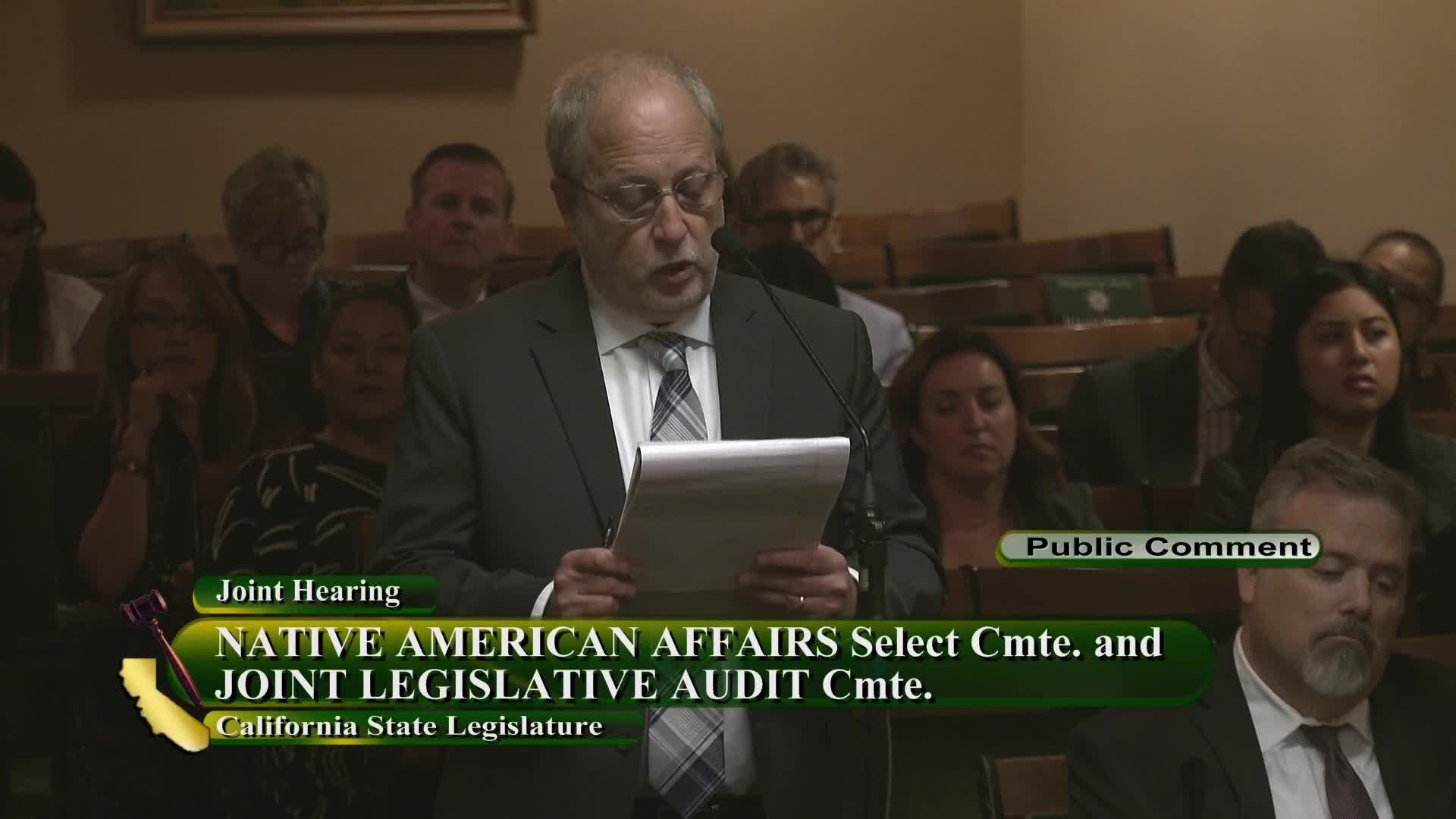Universities face backlash over archaeological training restrictions
August 06, 2024 | California State Assembly, House, Legislative, California

This article was created by AI summarizing key points discussed. AI makes mistakes, so for full details and context, please refer to the video of the full meeting. Please report any errors so we can fix them. Report an error »

In a recent government meeting, significant concerns were raised regarding the impact of new policies on archaeological education and workforce development in California. Participants highlighted that universities are currently prohibiting field schools and lab classes, even when dealing with non-NAGPRA archaeological materials. This restriction has led to a critical shortage of trained archaeologists, particularly in light of increasing demands due to environmental compliance laws.
A workforce study conducted in 2022 revealed that California universities are producing only 60% of the archaeological workforce needed over the next decade. This shortfall is exacerbated by the interim policy adopted by the California State University (CSU) system, which has limited practical training opportunities. Stakeholders emphasized the necessity for a collaborative approach involving tribes, universities, and students to ensure both compliance with NAGPRA and the education of future archaeologists.
Ann Marie Meaden, a past board member of the Society for California Archaeology, pointed out longstanding issues within the California archaeological community, particularly the lack of support from the chancellor's office. She noted that funding remains a critical barrier, despite legislative efforts like Assembly Bill 389 aimed at addressing these challenges. Meaden also criticized the bill's prohibition on using Native American cultural materials for teaching, arguing that it hinders the management of collections and the involvement of students in the process.
The meeting underscored the urgent need for amendments to current policies to facilitate ethical archaeological practices and enhance training opportunities. Participants expressed a commitment to working together to find solutions that respect tribal interests while also fulfilling the educational mission of California's universities.
A workforce study conducted in 2022 revealed that California universities are producing only 60% of the archaeological workforce needed over the next decade. This shortfall is exacerbated by the interim policy adopted by the California State University (CSU) system, which has limited practical training opportunities. Stakeholders emphasized the necessity for a collaborative approach involving tribes, universities, and students to ensure both compliance with NAGPRA and the education of future archaeologists.
Ann Marie Meaden, a past board member of the Society for California Archaeology, pointed out longstanding issues within the California archaeological community, particularly the lack of support from the chancellor's office. She noted that funding remains a critical barrier, despite legislative efforts like Assembly Bill 389 aimed at addressing these challenges. Meaden also criticized the bill's prohibition on using Native American cultural materials for teaching, arguing that it hinders the management of collections and the involvement of students in the process.
The meeting underscored the urgent need for amendments to current policies to facilitate ethical archaeological practices and enhance training opportunities. Participants expressed a commitment to working together to find solutions that respect tribal interests while also fulfilling the educational mission of California's universities.
View full meeting
This article is based on a recent meeting—watch the full video and explore the complete transcript for deeper insights into the discussion.
View full meeting
